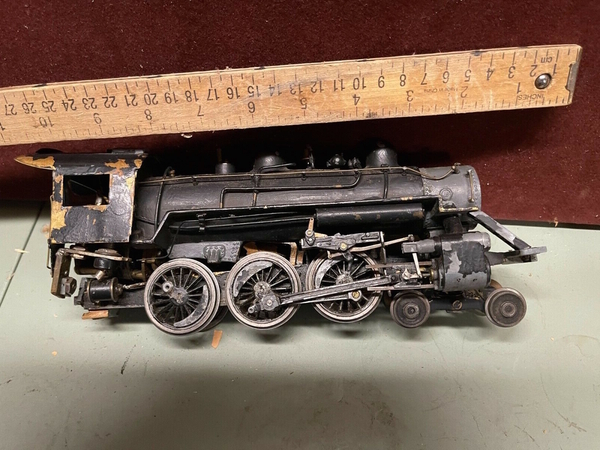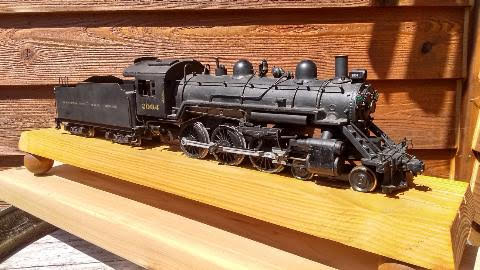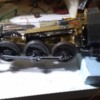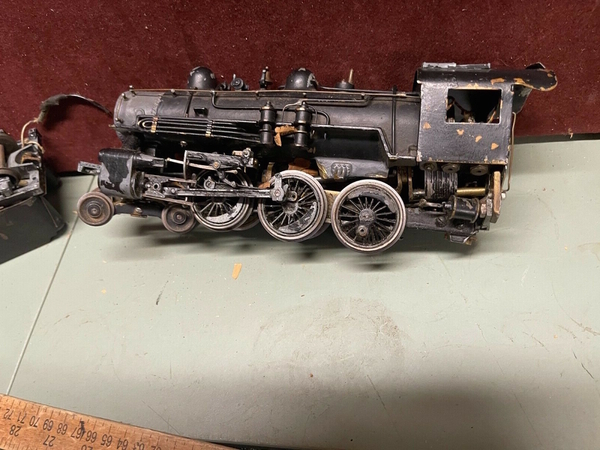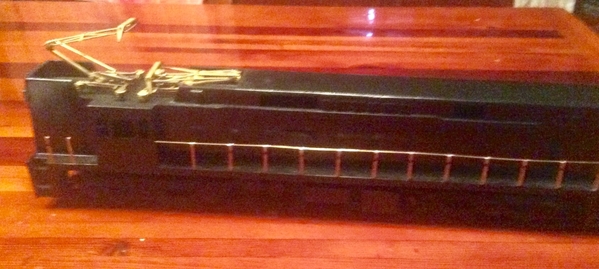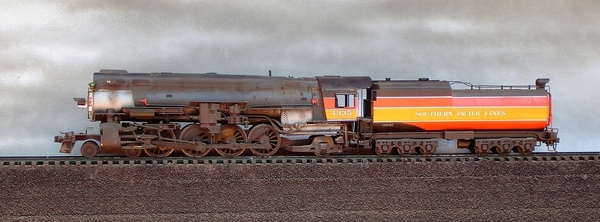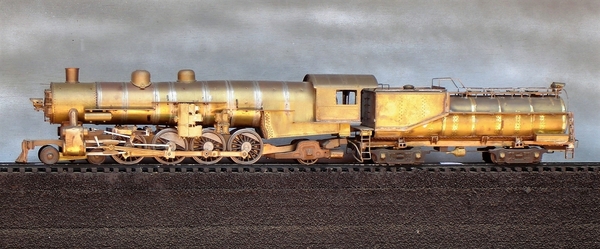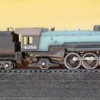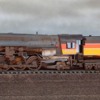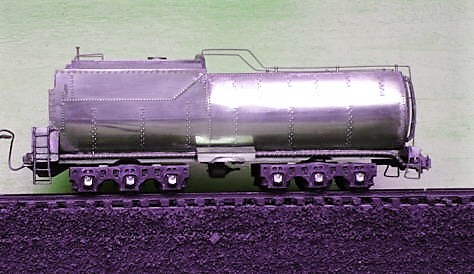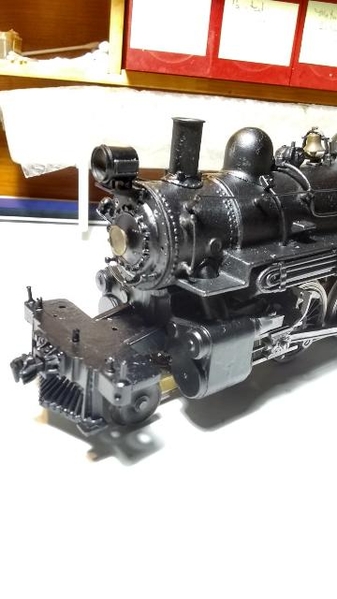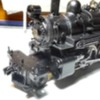...and this one might be a "doozie".
Some of you might remember I started a thread last year (?) about obtaining and fixing a Varney Ten Wheeler. Many of you were most helpful with that project, and I'm happy to say it's still running nicely.
Never to leave well enough alone, I managed to pick up another example; this one is in pretty rough shape, but I didn't have to pay much, and I do love a challenge!
Here are a couple of photos (from the eBay listing) so you can get some idea of what I'm in for:
Missing some parts, bent brass, this ought to be good!
Rest assured I'll be asking for some assistance, so remember that you have been warned... ![]()
Have a good weekend.
Mark in Oregon





